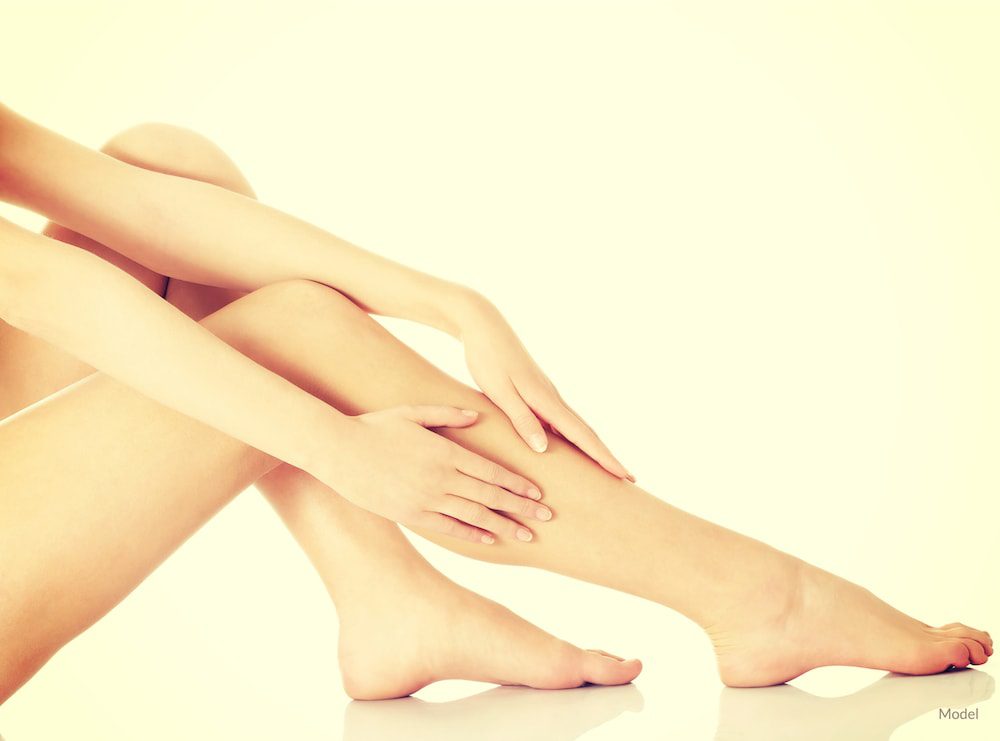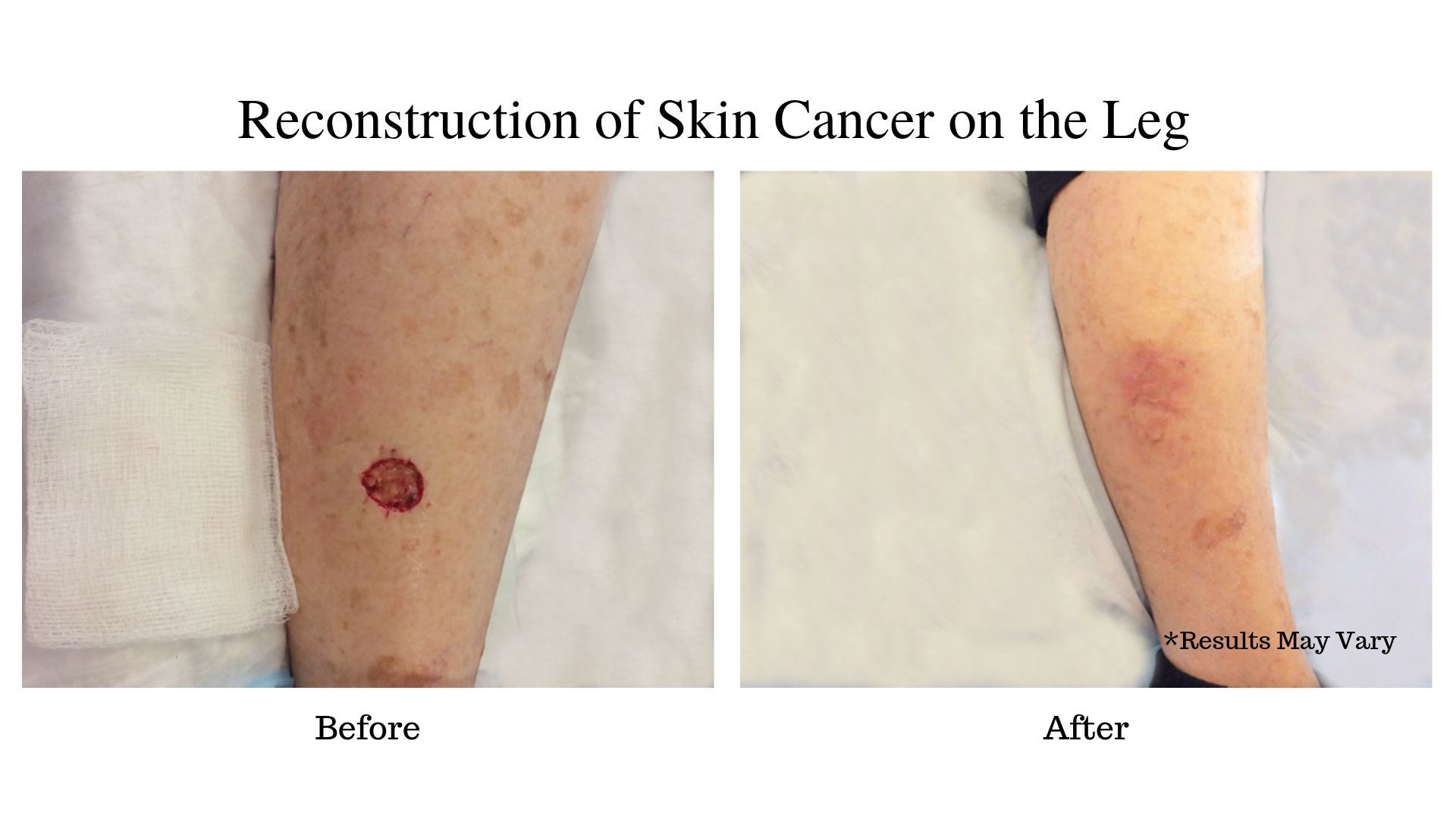Mohs Surgery, Reconstructive Plastic Surgery | The Office of Dr. Vincent Hung
3 Minute Read:
Skin grafts are used to cover and repair the wounds left by skin cancer treatment when the surrounding skin is not healthy enough to heal by traditional wound healing.

Reconstruction of skin cancers can be difficult on the lower legs because of the tight skin, the presence of spider and varicose veins, and the necessity of that skin to stretch and expand when walking or exercising.
Since men and women often expose their lower legs, especially during the hot Southern California summers, reconstruction of skin cancers on the legs is essential.
How Do Skin Grafts Work?
A skin graft takes skin from a healthy area of the body and transfers it to a different area that cannot repair itself.
While skin grafts are almost always used after skin cancer surgery, such as Mohs surgery, it can also be used to treat burns, large wounds, and infections.
There are two types of skin grafts available to treat these injuries: full-thickness and split-thickness skin grafts.
Split-thickness skin grafts are commonly used to cover skin cancer wounds on the lower legs.
How Is a Split-thickness Skin Graft Performed?
The difference between a full-thickness skin graft and a split-thickness skin graft is the amount of skin taken from the donor site.

A split-thickness skin graft removes the epidermis (the top layer of the skin) and only a portion of the dermis (the deeper layer of the skin).
A full-thickness skin graft, on the other hand, removes the epidermis and the dermis.
The split-thickness technique is used to cover large areas, which makes it ideal for the legs.
Full-thickness skin grafts are usually reserved for smaller areas, such as the face and hands, because they blend better with the surrounding skin.
Full-thickness skin grafts also heal very well, but they are not able to cover the same amount of tissue space as a split-thickness graft.
Split-thickness Skin Graft Procedure Steps:
- The donor site is marked depending on the size and depth of the wound that the skin will be transferred to. While split-thickness skin grafts can be taken from any area of the body, the skin is commonly removed from the inner thigh, where the donor site is easy to cover.
- From the donor site, the epidermis and some of the dermis is gently and carefully removed. Some epithelial cells, like the sweat glands, hair follicles, and sebaceous glands, are left at the donor site so that they can assist in the reepithelialization (healing) of the donor site.
- This donor skin is transferred to a skin graft carrier so that it can be meshed. Meshing is a step of the grafting process that creates small slits in the donor skin so that it can stretch to cover a larger recipient area.
- The meshed donor skin is then prepped, sterilized, and applied to the wound. During the healing process, new skin cells will develop and fill in the “holes” created by the meshing process.
- Both the donor sites and the recipient sites are wrapped and dressed in sterile bandages and gauze.
For More Information
To learn more about skin grafts or reconstruction after skin cancer, contact Dr. Hung by calling (626) 432-5032 or by filling out our online contact form. Dr. Hung performs Mohs surgery and reconstruction after skin cancer treatment in Pasadena, California.
